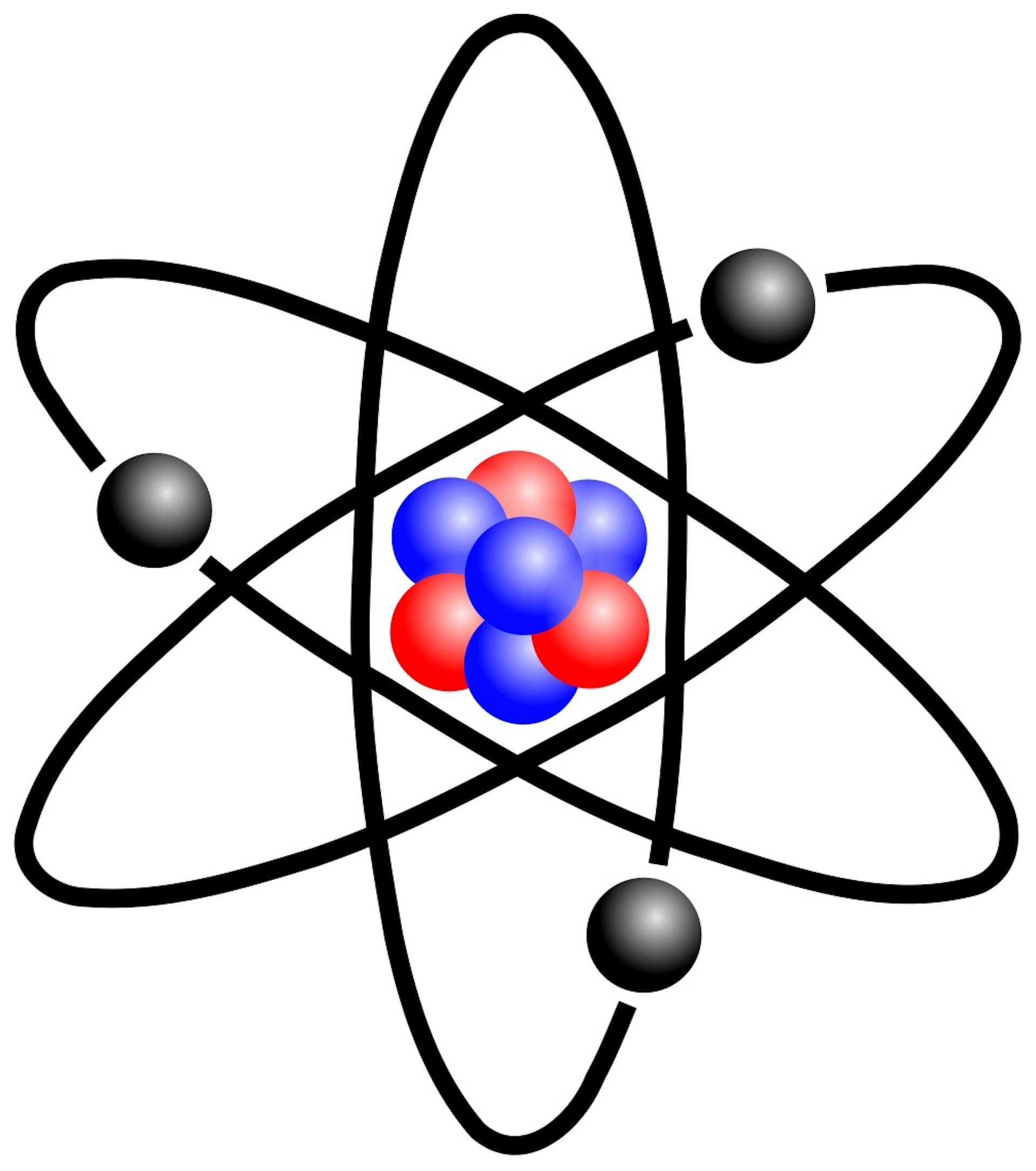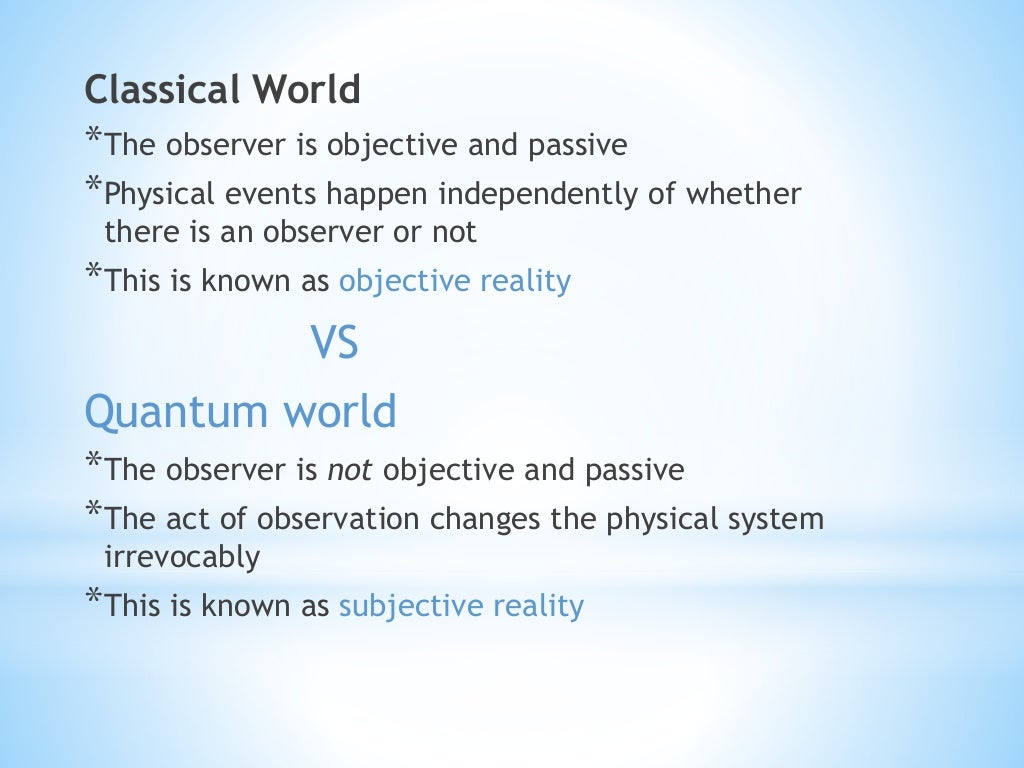

Heisenberg’s uncertainty principle formula can also be expressed as: The uncertainty in position is denoted by the letter ∆x. The uncertainty in momentum is denoted by the letter ∆p. The Planck constant (6.62607004 x 10 -34 kg m 2 / s) is represented by h. As a result, this product of uncertainty will only be meaningful for atoms and subatomic particles with extremely small masses.Īt all times, the value of position and momentum is higher than h/4π. The product of position and velocity uncertainty is equal to or larger than a very small physical quantity, h. This principle states that each particle’s position and momentum cannot be measured with infinitely high precision at the same time.

Werner Heisenberg, a German scientist, proposed this idea in 1927. Let us learn more about this with numerical questions on Heisenberg’s uncertainty principle and their answers in detail. The Heisenberg uncertainty principle is a basic principle of quantum physics that explains why a scientist cannot simultaneously measure many quantum variables. This is in contrast to classical Newtonian physics, which states that with good enough equipment, all particle variables are traceable to an unlimited uncertainty.

The principle, which is commonly applied to a particle’s position and momentum, states that the more specifically a position is known, the more uncertain the momentum is, and the same happens when the momentum is known precisely and the position is uncertain. According to Heisenberg’s uncertainty principle, there is uncertainty while measuring a particle’s variable.


 0 kommentar(er)
0 kommentar(er)
